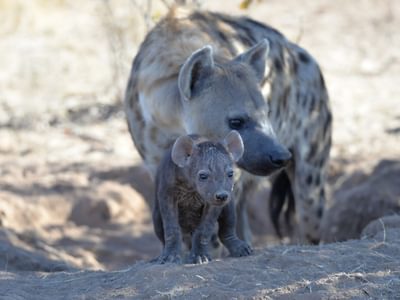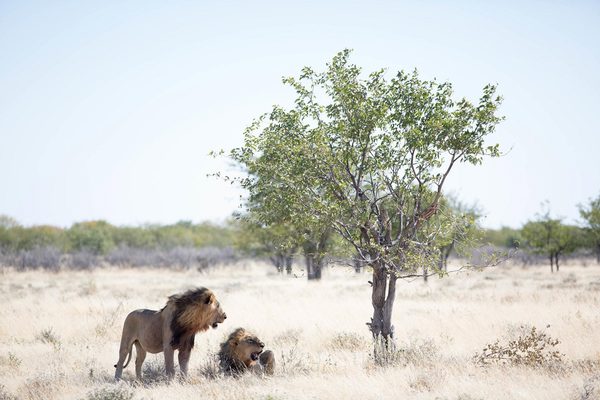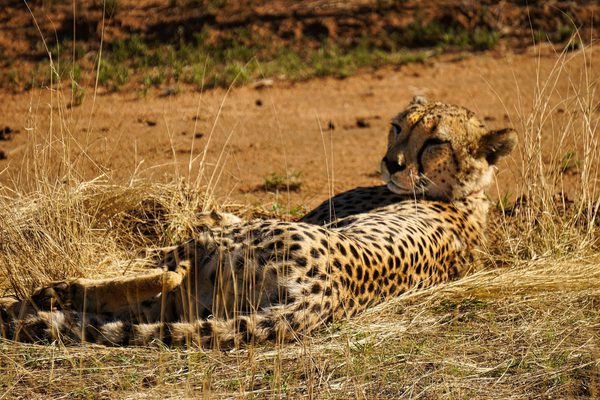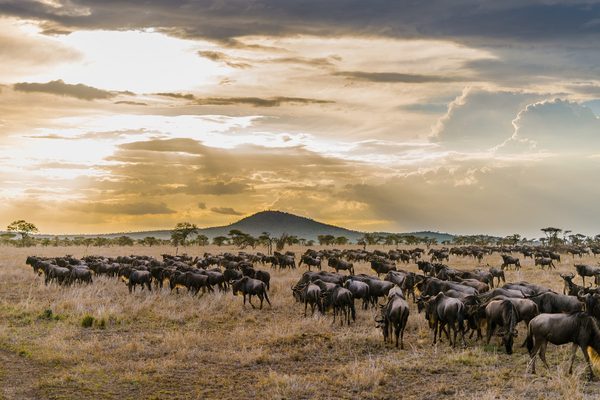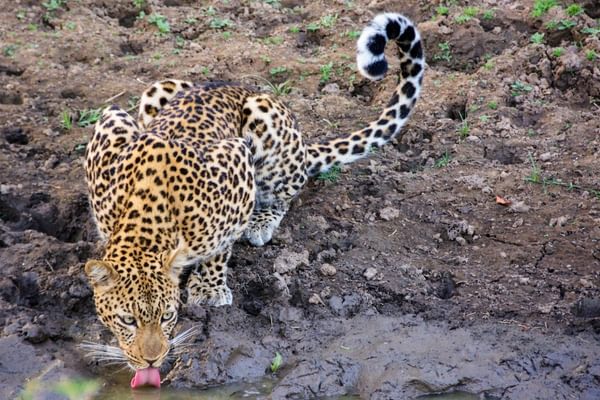Speak to a Africa expert today
and start planning your tailor-made holiday

Alistair
Africa Expert
Best trips to see hyenas in action

Namibia and Botswana safari
- Zambia
- Namibia
- Botswana
- 21 days
- From £3,195 pp.
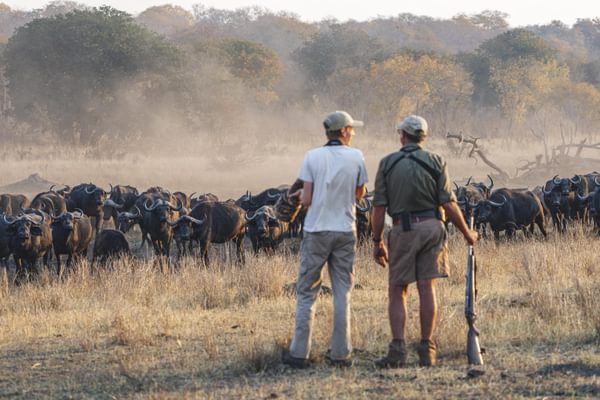
South Africa, Zimbabwe & Botswana Game Tracker
- South Africa
- Botswana
- Zimbabwe
- 16 days
- From £2,700 pp.


Remote Luangwa Walking Safari
- Lusaka
- South Luangwa
- North Luangwa
- 10 days
- From £7,450 pp.

Luxury Serengeti Migration Safari
- Manyara
- Ngorongoro
- Serengeti
- 11 days
- From £8,050 pp.
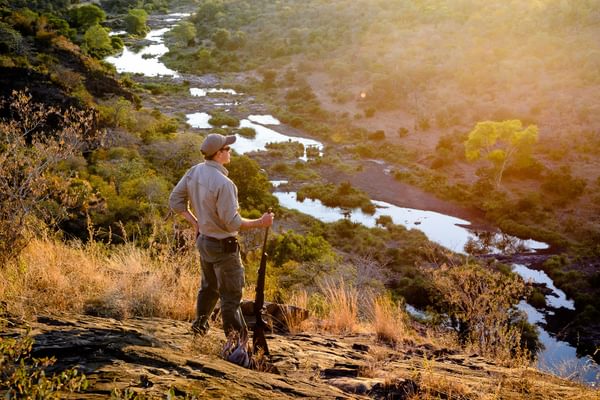
Self-Drive Kruger & Mozambique Adventure
- Panorama Route
- Kruger Park
- Vilanculos
- 12 days
- From £2,685 pp.

Zambia & Malawi Family Safari
- Vic Falls
- South Luangwa
- Lake Malawi
- 12 days
- From £3,538 pp.
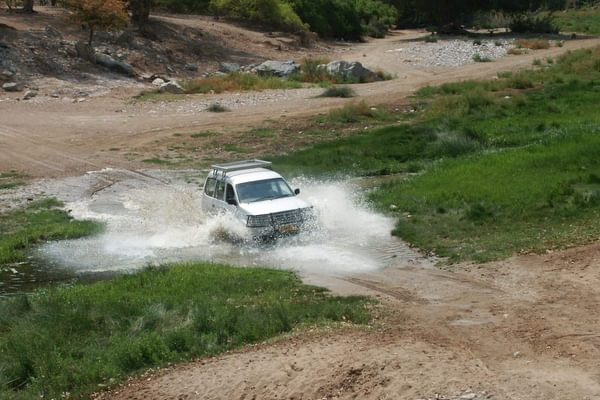
Northern Namibia Road Trip
- Swakopmund
- Skeleton Coast
- Kaokoveld
- Kunene
- Etosha
- 15 days
- From £7,255 pp.































